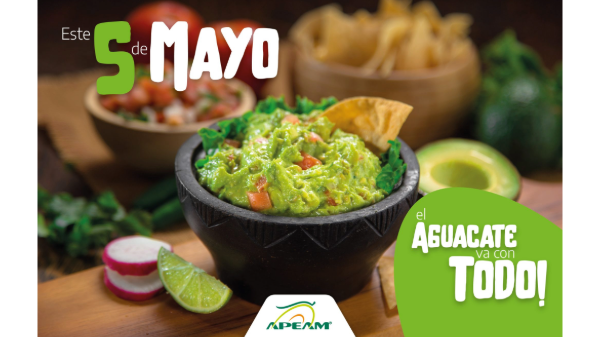Welcome to Blue Book!
Are you ready to join the thousands of companies who rely on Blue Book to drive smarter decisions? View our plans and get started today!
Still have questions? We’d love to show you what Blue Book can do for you. Drop us a line– we’ve been waiting for you.
The $6,000 figure represents the difference between the value of the product the buyer ordered, and the value of what the buyer actually received. To this figure the buyer adds the cost of the USDA inspection certificate as “incidental damages” because the expense of the inspection is incidental to the breach and necessary to support the buyer’s claim (see Uniform Commercial Code §2-715). If the inspection fee was $200, total damages in our example would be $6,200. The buyer would then deduct total damages, or $6,200 in our example, from the seller’s invoice of $10,000 to arrive at an amount due the seller of $3,800.
It is important to see that after taking this $6,200 deduction from the seller’s invoice, the buyer makes the same profit on the transaction that, in theory, it would have made had there been no breach. You will recall that the delivered (or “laid-in”) cost of this product was $15,000 and that the destination market value was $18,000. So had there been no breach the buyer would have, in theory, sold the product for $18,000 and paid $15,000 for a gross profit of $3,000.
Due to the distressed condition of the produce, however, the buyer’s gross proceeds only amounted to $12,000. But after deducting $6,200 in damages for the seller’s invoice, the buyer only pays the seller $3,800, for an adjusted delivered cost of $8,800 ($3,800 + $5,000 freight), resulting in the same gross profit of $3,000 after the $200 cost of the USDA inspection is accounted for. Because the buyer ends up with the same gross profit despite the seller’s breach, we say the buyer has been made whole.
Of course, not all claims are as straightforward as the one described in our example. What happens if the USDA’s Market News Service does not provide a report for the commodity in question?
When the Market News Service does not provide a price report for a specific commodity, region, or timeframe, it may still be possible to use a report from a nearby city or from one or two days before or after the produce in question arrived. Also, in some situations, it may be possible to use a report for say Arizona-grown lettuce as the best available measure of the destination market value of California lettuce during the time in question.
If no relevant Market News report is available, the delivered cost of the commodity may be used as the best available measure of the destination market value. But, unfortunately, using the delivered cost precludes the buyer from truly being made whole because the buyer’s profits are lost (note that no commission or “profit and handling” is available to the buyer unless the parties agreed to consignment or price-after-sale handling, which is a topic for another article entirely).
What if the buyer fails to provide an account of sales showing the gross proceeds realized from the distressed produce? A buyer who fails to provide a detailed account of sales showing a “prompt and proper” resale of the distressed produce may be deemed to have failed to establish its market value. In the absence of such an accounting, the value of the distressed produce may be determined by multiplying the percentage of the defects shown by a timely USDA inspection certificate by the destination market value of the commodity (in good condition).








